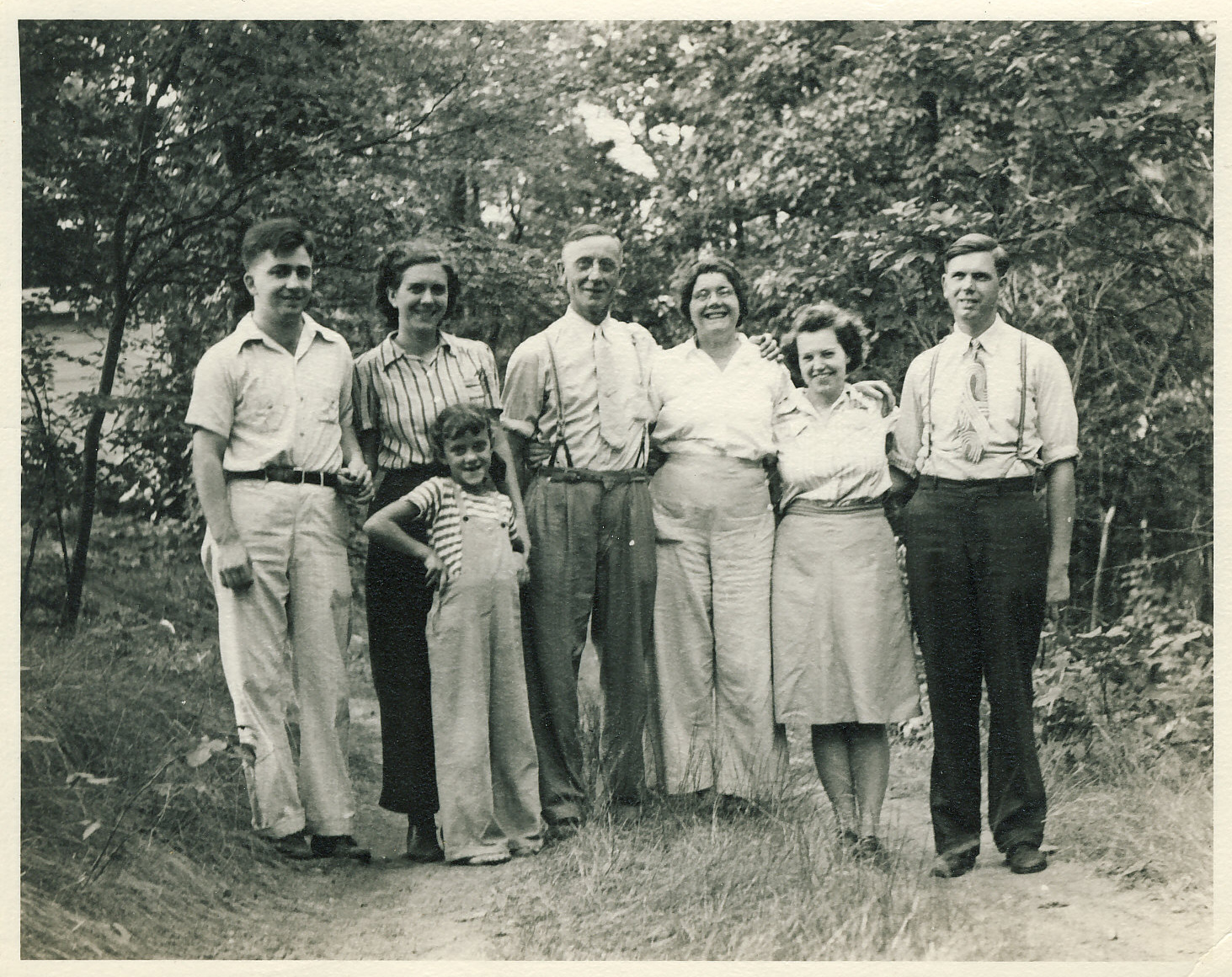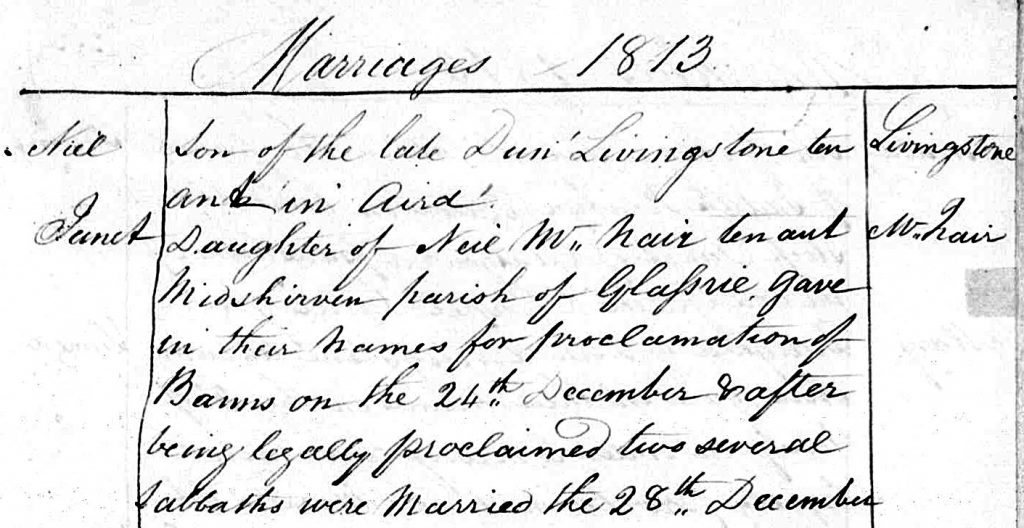Is the snark and snarl of Twitter getting to you? Does the daily reporting of misogyny and misbehavior have you down? If so, it may be time to indulge in a little Twinkie therapy.
Yep, that’s right, skip the news stories and turn to the comics pages. This week they seem to be featuring Twinkies—that gooey cream-filled snack—to bile it down a notch and put a smile on our faces. When we’re laughing, particularly at ourselves, it’s hard to be angry at someone else.
In cases of extreme distress, when all you can think of is lashing out at feckless politicians or your fellow man, unwrap a Twinkie and stuff it in your mouth. The calming sweetness might just release some endorphins, and let’s face it, you can’t really yell at someone if you have a fistful of Twinkie in your mouth.
So in these troubled times, remember what your mother said: “if you don’t have something nice to say about someone, don’t say anything.” Or as Calvin put it: “we’d probably be dead now if it wasn’t for Twinkies.”
Twinkie, anyone?



